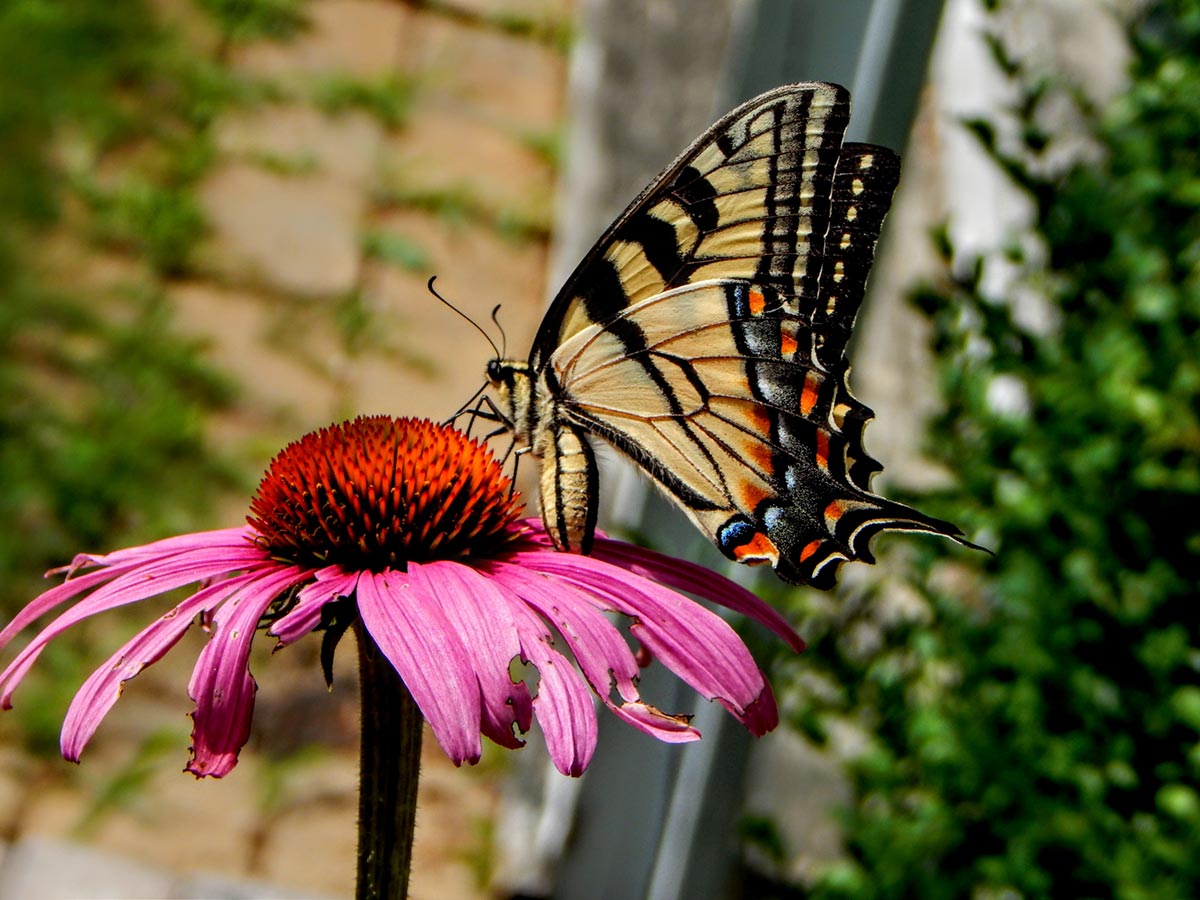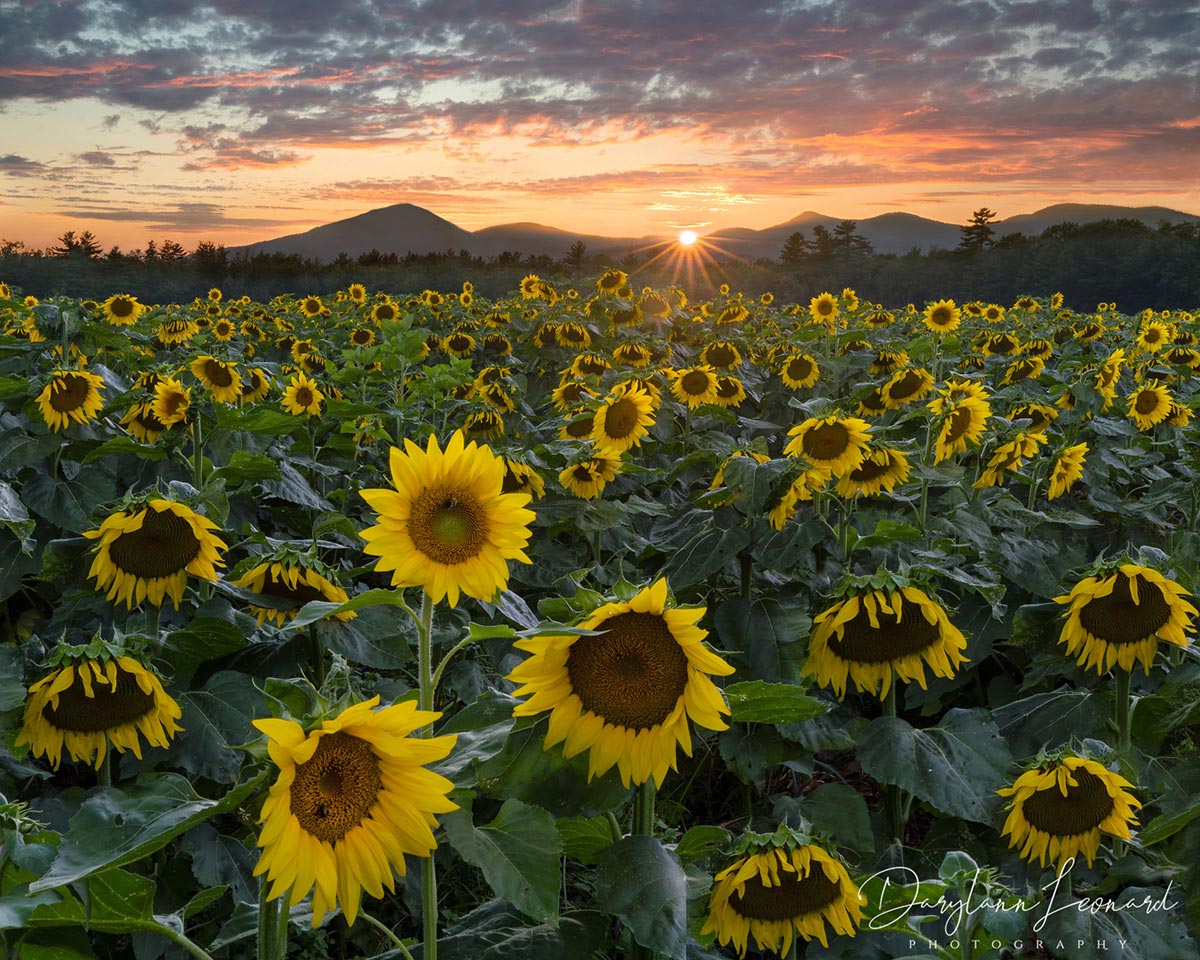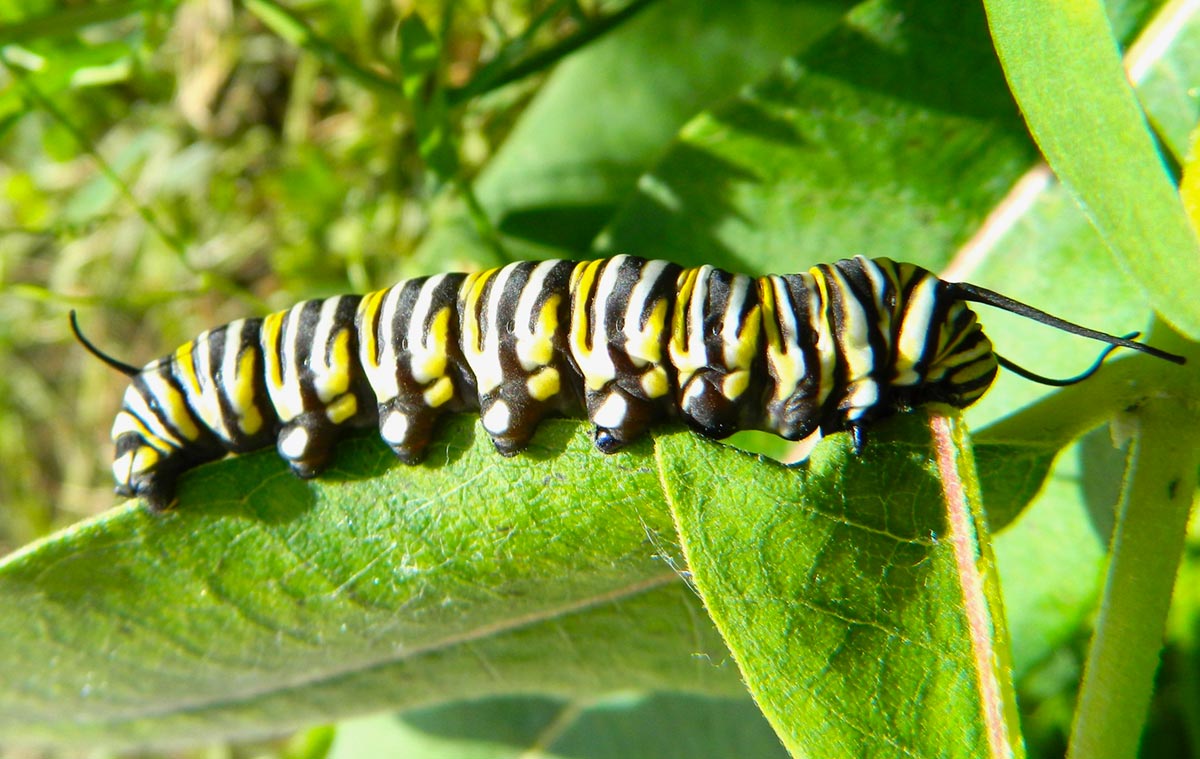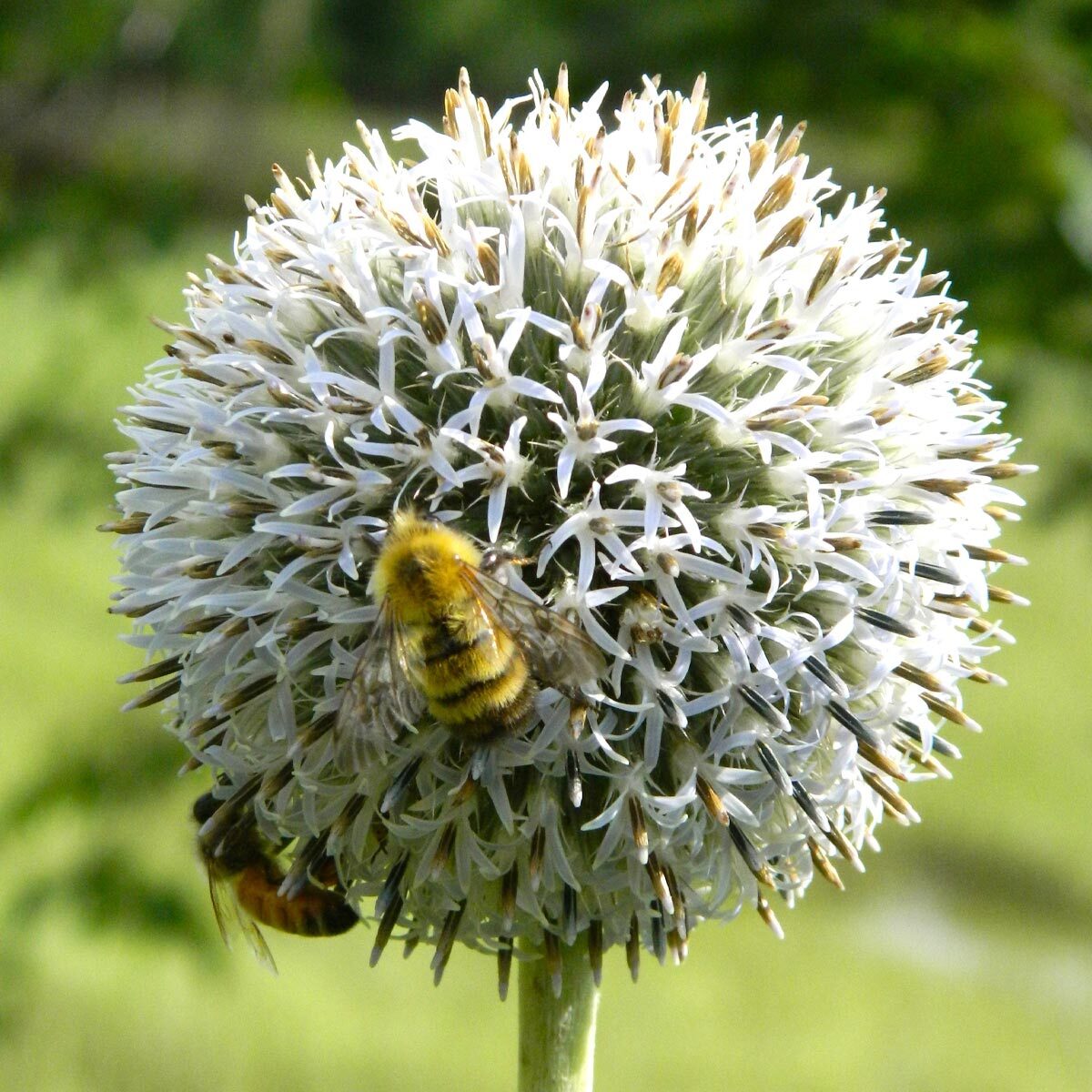Our Take
Insects are declining at a rapid rate. It’s going to affect your dinner table, but you can stop their decline by lending a hand to our important pollinators!
Educate Yourself


Quick Facts
1/3
1/3 of the food we eat wouldn’t exist without pollinators.
25
25 Million acres owned by the Department of Defense that double as conservation spaces for pollinators.
Bats
Bats are pollinators too. (Hey bees, you’re not alone!) In fact, the black and white lemur is the largest pollinator on Earth.
10%
Not only are bees not alone, they only make up 10% of total pollinators out there!
$10B
Pollinators contribute $10 billion to the U.S. economy every year.
What’s happening?
Globally pollinators have been on the decline. Honey bee populations have been monitored in the US and in Europe, and beekeepers are reporting large losses each year. It’s estimated that since 2006 US beekeepers have lost up to 30% of their colonies each year.[1] Bees are not the only pollinators, though. Flies, moths, butterflies and beetles are also pollinators. Even a few mammals. We know our furry friends are in trouble, but we tend to not notice the insects unless we’re swatting at them buzzing around our heads. But around the world scientists are noticing a decline in insect populations as a whole. A study in German nature reserves saw a 75% reduction in flying insects over the last 27 years![2]
All that said, there are some obvious reasons for the decline in pollinators like loss or destruction of their habitat, pollution, pesticides and invasive species.
Habitats as simple as the ground are becoming a problem. For instance the loose soil needed for ground nesting bees to build a hive is often compacted by foot traffic or paved over making them completely unusable. The use of pesticides continues to be an issue. Neonicotinoids, the most notorious of the pesticides because of their effect on honey bee colonies, account for 25% of the agricultural chemicals used in the world.[3] The shift to warmer climates is attracting unwanted tourists! Plants and pests not normally found in a habitat are starting to move it (Invasive Species) and can out-compete some of the native plants and insects. From there you get disease and pollination problems.[4]
What are the effects?
While we may not always love blackfly season or mosquitoes in the spring, they’re an important part of nature’s food chain (think birds, frogs, even small mammals) and essential to human food systems. We all like to eat, right? Well, their decline could result in an ecological catastrophe if ignored.
Warmer weather due to climate change is shifting growing seasons. Plants and trees are blooming earlier than they did in the past. In fact, the length of the growing season in the continental US has increased by nearly 2 weeks since the beginning of the 1900’s.[5] It seems like if they’re blooming longer that it would help pollinators, right? Unfortunately not. It actually disrupts the relationship between the plants and pollinators. If some of the pollinators to specific plants have not caught up with the new schedule and aren’t hatching earlier, the plant will be left unpollinated and the pollinator misses out on its source of food.[6]


